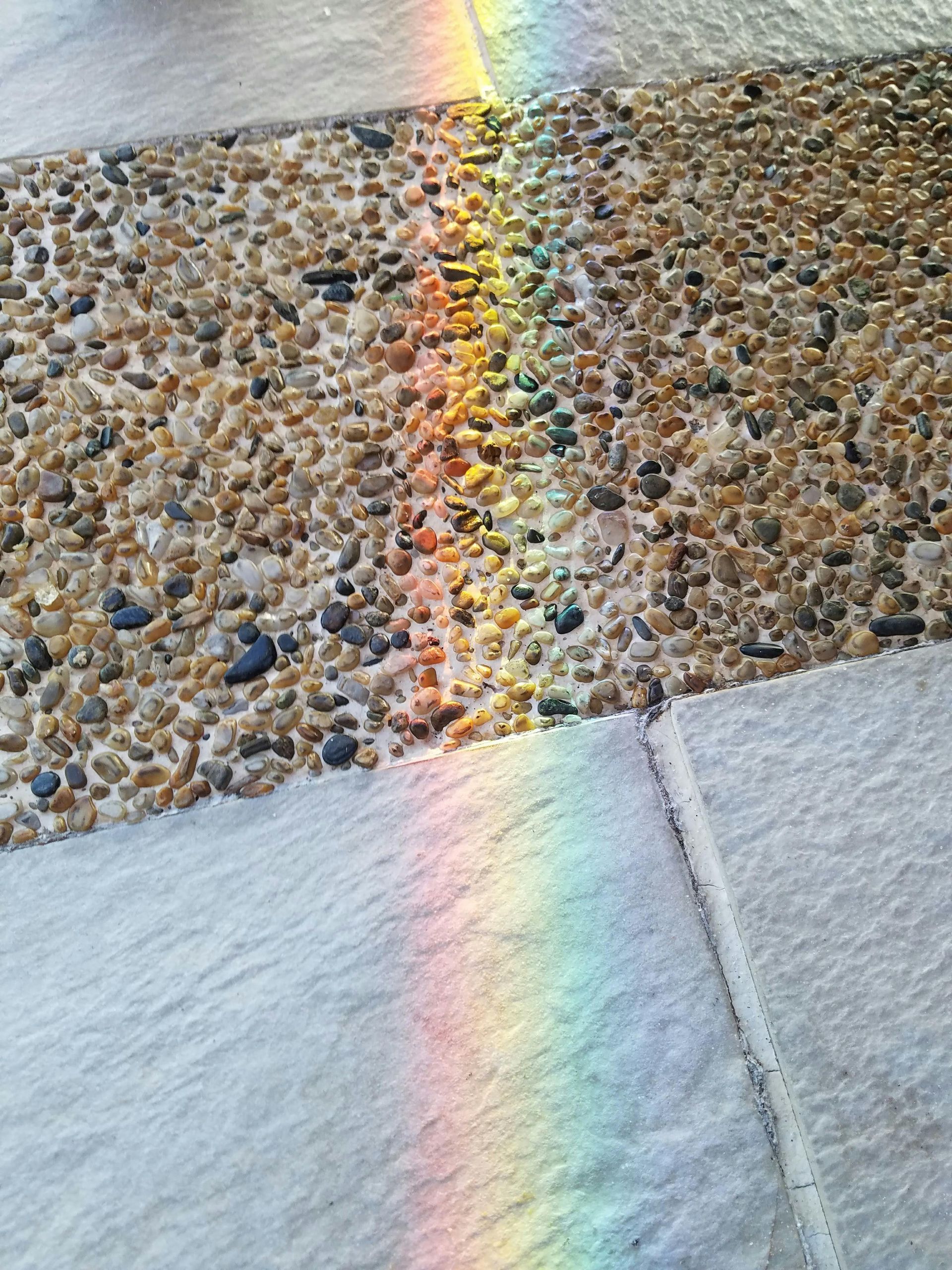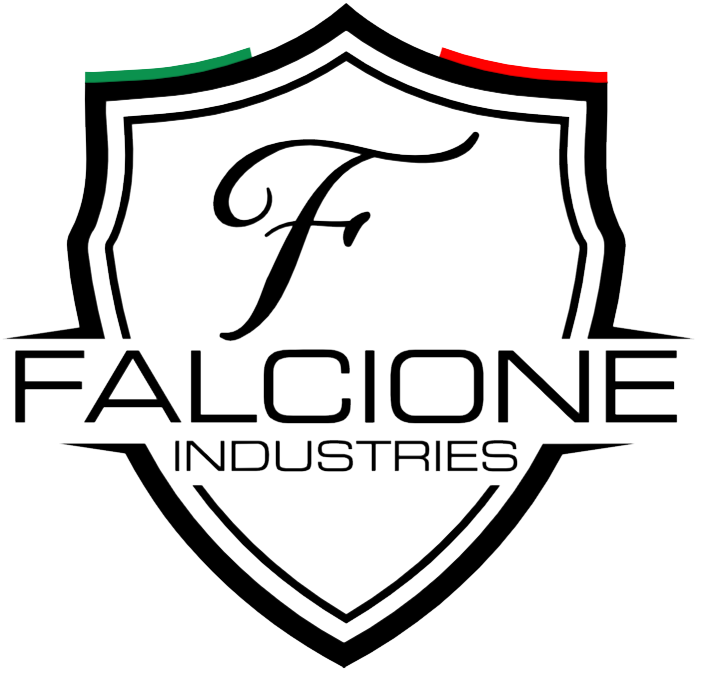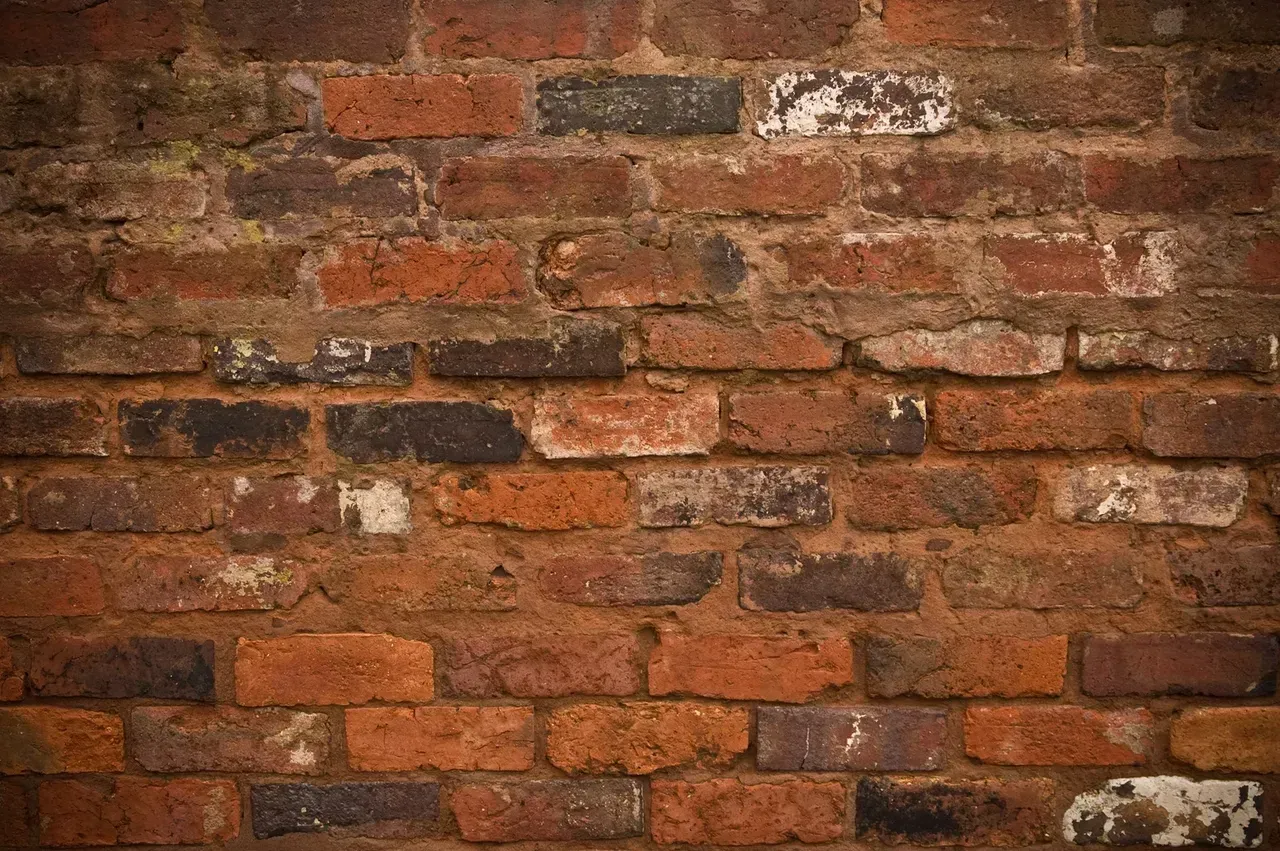Understanding the Different Types of Concrete and Their Uses
Understanding the Different Types of Concrete and Their Uses

Concrete is one of the most versatile and widely used materials in the world of construction. From foundations and driveways to decorative surfaces and outdoor features, concrete offers strength, durability, and flexibility. But not all concrete is the same, and each type serves a unique purpose. Whether you're building a patio, driveway, or commercial structure, understanding the different types of concrete and their uses can help you make the best choice for your project.
In this blog, we’ll break down the most common types of concrete, explain their uses, and highlight which projects each is best suited for. Falcione Industries specializes in a range of concrete services, so if you need help choosing the right type of concrete for your next project, we're here to guide you every step of the way.
1. Standard Concrete (Ready-Mix Concrete)
Description: Standard concrete, also known as ready-mix concrete, is the most common type of concrete used in construction. It is a mixture of cement, sand, gravel, and water. Ready-mix concrete is delivered to the site pre-mixed in a truck, ensuring consistency and quality in every batch.
Uses:
- Foundations: Ready-mix concrete is the go-to choice for creating strong, durable foundations for residential and commercial buildings.
- Sidewalks and Patios: It’s also used for pouring flatwork, such as sidewalks, driveways, and patios.
- Roadways and Pavements: Standard concrete is used extensively for road construction, as it can withstand heavy traffic loads and harsh weather conditions.
Advantages:
- Versatility: Suitable for a wide range of applications, from small residential projects to large commercial construction.
Durability: Once cured, it’s extremely strong and long-lasting, making it ideal for high-traffic areas and structural elements.
2. Stamped Concrete
Description: Stamped concrete is a decorative form of concrete that’s designed to replicate the look of more expensive materials like brick, stone, or tile. It’s created by adding color to the concrete and using stamps or molds to press patterns into the surface.
Uses:
- Driveways and Patios: Stamped concrete is commonly used for driveways, patios, and walkways where homeowners want a decorative look.
- Pool Decks: It’s a popular choice for pool areas because it provides a beautiful, textured surface that resists slipping and staining.
- Commercial Spaces: Stamped concrete can also be used in commercial settings, such as entryways, courtyards, or outdoor seating areas.
Advantages:
- Aesthetic Appeal: Offers a customizable, high-end look at a fraction of the cost of natural stone or brick.
- Durability: Stamped concrete is just as durable as regular concrete, making it perfect for areas exposed to heavy foot traffic or outdoor elements.
Low Maintenance: Once sealed, stamped concrete requires very little upkeep and can last for many years.
3. Exposed Aggregate Concrete
Description: Exposed aggregate concrete is a decorative concrete surface where the top layer of the concrete is removed to reveal the natural aggregate materials inside. These aggregates could include stones, pebbles, or other materials, creating a unique textured finish.
Uses:
- Driveways and Walkways: Exposed aggregate is commonly used in driveways and walkways because of its attractive appearance and slip-resistant texture.
- Patios: Homeowners use exposed aggregate for outdoor spaces where an aesthetic, durable surface is needed.
- Commercial Applications: It’s also popular in commercial settings for sidewalks, parking lots, and decorative features like fountains or seating areas.
Advantages:
- Enhanced Aesthetic: Offers a natural, rustic appearance that adds character to any space.
- Slip-Resistant: The rough texture makes it an excellent choice for outdoor areas like pool decks or areas exposed to water.
Longevity: The exposed aggregate surface is highly durable and can withstand heavy foot and vehicle traffic.
4. Polished Concrete
Description: Polished concrete is created by grinding down the surface of regular concrete to create a smooth, shiny finish. After the surface is polished, it’s treated with a sealer to enhance its shine and durability.
Uses:
- Interior Floors: Polished concrete is most commonly used for interior flooring in homes and commercial spaces, especially in modern or industrial-style designs.
- Retail and Showroom Floors: Many retail spaces and showrooms use polished concrete because of its sleek appearance and ease of maintenance.
- Basements: Homeowners often choose polished concrete for basement floors because of its resistance to moisture and durability.
Advantages:
- Low Maintenance: Polished concrete is easy to maintain and doesn’t require waxing or refinishing.
- Energy Efficiency: Polished concrete reflects light, which can reduce the need for artificial lighting, helping save energy.
Aesthetic Variety: Polished concrete can be customized with colors, patterns, and textures, allowing for a unique look.
5. High-Strength Concrete
Description: High-strength concrete is designed for applications that require concrete to endure extreme loads and stresses. It’s typically created by adding more cement or using special additives to increase the concrete’s compressive strength.
Uses:
- Commercial and Industrial Buildings: High-strength concrete is used in the foundations and structural elements of commercial buildings, parking garages, and bridges.
- Skyscrapers and High-Rise Buildings: This type of concrete is essential for tall buildings that need to support large amounts of weight.
- Heavy-Duty Pavement: It is used in areas where heavy vehicles and equipment are frequently present, such as in airport runways or factory floors.
Advantages:
- Strength: High-strength concrete is incredibly strong and can withstand immense weight and pressure.
Durability: Its high durability makes it ideal for high-load applications and structures that need to withstand wear and tear for decades.
6. Air-Entrained Concrete
Description: Air-entrained concrete is a type of concrete that contains microscopic air bubbles, which help it resist damage from freezing and thawing. This type of concrete is particularly useful in colder climates.
Uses:
- Cold-Weather Locations: Air-entrained concrete is commonly used in regions that experience freezing temperatures, as the air pockets in the concrete prevent damage from ice and salt exposure.
- Sidewalks, Roads, and Driveways: It’s often used in roads and pavements where freeze-thaw cycles are a concern.
Advantages:
- Freeze-Thaw Resistance: The air bubbles in the concrete help prevent cracking caused by the expansion of ice, making it perfect for winter climates.
Improved Workability: It also improves the workability of concrete, making it easier to pour and mold into the desired shape.
Conclusion and Call to Action
Concrete is a versatile and essential material for a wide variety of construction projects, and understanding the different types of concrete and their uses can help you make the best choice for your next project. Whether you're constructing a durable driveway, creating a beautiful outdoor living space, or building a sturdy foundation, choosing the right concrete is key to achieving long-lasting results.
At
Falcione Industries, we specialize in all types of concrete work, from decorative finishes like stamped and polished concrete to durable structural concrete. Our experienced team is here to help guide you through the selection process and ensure your project is completed to the highest standards.
If you’re ready to get started on your concrete project, contact Falcione Industries today at (516) 605-7998 or email us at falcioneindustries@gmail.com. Let us help you create strong, beautiful concrete surfaces for your home or business.
Call to Action: Need concrete for your next project? Contact Falcione Industries today to discuss your concrete needs and get expert advice on the best solutions for your home or business.
Recent Posts
Contact Us
Are you ready to start your next masonry project? Whether you need a brick structure built, stone landscaping features installed, or concrete work completed, Falcione Industries is here to help. Contact us today to schedule a consultation!



